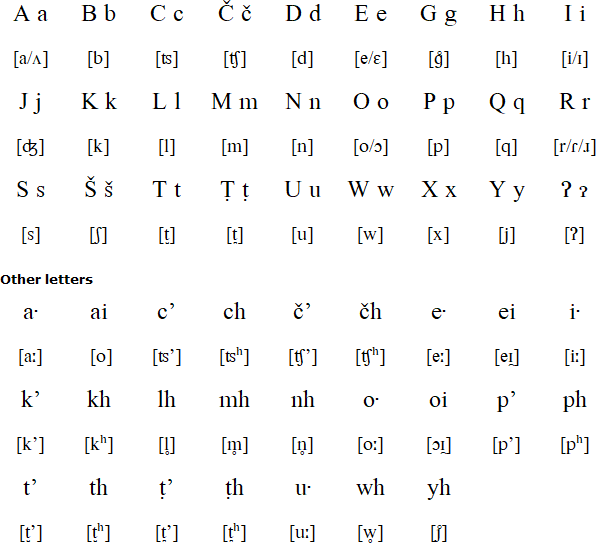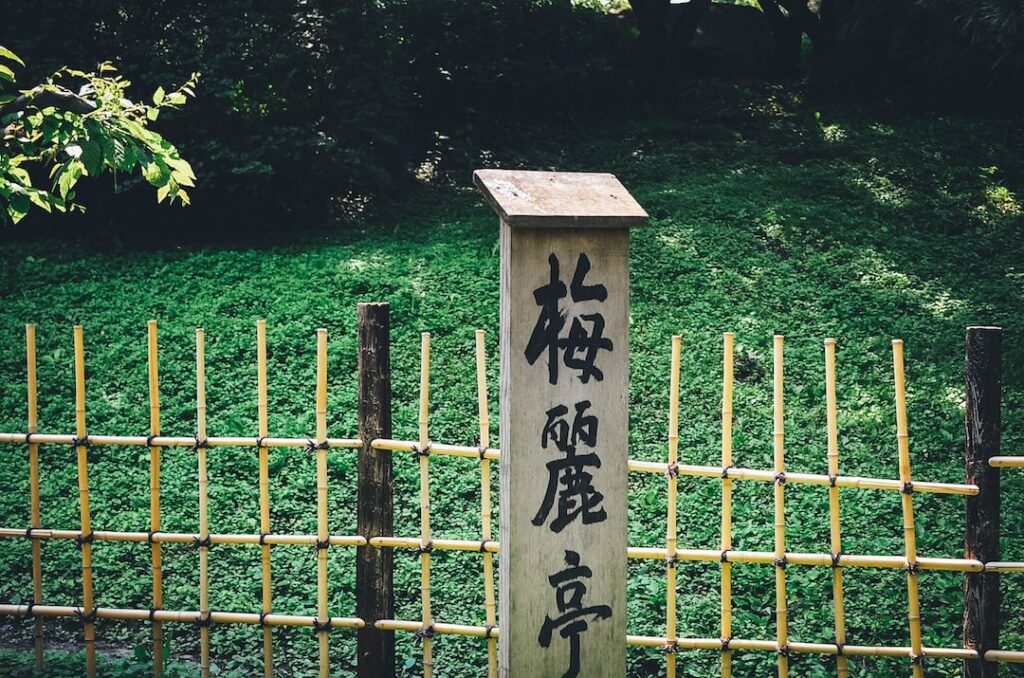The Eastern Pomo language has played a crucial role in the history and culture of the Pomo people. It has served as a means of communication, allowing community members to share stories, traditions, and knowledge. The language has also been an integral part of ceremonies, rituals, and cultural practices.
However, the colonization of California by European settlers had a devastating impact on the Eastern Pomo language and its speakers. The forced assimilation policies implemented by the United States government, such as boarding schools and bans on Indigenous languages, led to a decline in the use and transmission of the Eastern Pomo language.
The Current State of the Eastern Pomo Language

Today, the Eastern Pomo language is considered endangered, with only a small number of fluent speakers remaining. According to estimates, there are fewer than 10 fluent speakers of Eastern Pomo left. Many of these speakers are elderly, which raises concerns about the future survival of the language.
Efforts are being made to document and preserve the Eastern Pomo language through linguistic research and documentation projects. These initiatives aim to record and analyze the language in order to create resources for future generations.
The Importance of Language Preservation in Indigenous Communities
Language preservation is crucial for Indigenous communities for several reasons. Firstly, language is a fundamental aspect of cultural identity and heritage. It is through language that traditions, stories, and values are passed down from one generation to the next. When a language is lost, a significant part of a community’s cultural heritage is also lost.
Language loss also has a profound impact on the well-being and mental health of Indigenous individuals. Language is not just a means of communication; it shapes how people perceive the world and their place in it. When a language is lost, individuals may experience a sense of disconnection from their culture and community.
Furthermore, language preservation is essential for the revitalization of traditional knowledge and practices. Indigenous languages often contain unique concepts and ways of understanding the world that are not found in other languages. By preserving and revitalizing their languages, Indigenous communities can ensure the continuation of their traditional knowledge systems.
The Role of Language in Cultural Preservation
| Metrics | Importance |
|---|---|
| Number of Indigenous languages | Over 7,000 |
| Number of Indigenous languages endangered | Over 4,000 |
| Percentage of Indigenous languages spoken by children | Less than 20% |
| Impact of language loss on culture | Loss of traditional knowledge, practices, and identity |
| Impact of language loss on mental health | Increased rates of depression, anxiety, and suicide |
| Efforts to preserve Indigenous languages | Language revitalization programs, documentation, and education |
Language and culture are deeply intertwined, and the preservation of one often goes hand in hand with the preservation of the other. Language serves as a vessel for cultural knowledge, beliefs, and practices. It is through language that cultural traditions are transmitted and preserved.
When a language is lost, so too are the cultural practices and knowledge associated with it. For example, many Indigenous languages contain specific terms and concepts related to traditional ecological knowledge, such as plant identification and medicinal uses. Without these languages, this valuable knowledge may be lost forever.
Language also plays a crucial role in maintaining social cohesion within Indigenous communities. It fosters a sense of belonging and shared identity among community members. By preserving their languages, Indigenous communities can strengthen their cultural resilience and maintain their distinct cultural identities.
The Benefits of Revitalizing the Eastern Pomo Language
Revitalizing the Eastern Pomo language would have numerous benefits for the Pomo people and their community. Firstly, it would help preserve their cultural heritage and strengthen their cultural identity. Language is a powerful tool for fostering a sense of belonging and pride in one’s heritage.
Revitalizing the Eastern Pomo language would also provide opportunities for intergenerational transmission of knowledge and traditions. By passing down the language to younger generations, the Pomo people can ensure the continuation of their cultural practices and values.
Furthermore, language revitalization can have positive impacts on the overall well-being and mental health of Indigenous individuals. Studies have shown that speaking one’s ancestral language can contribute to a sense of well-being and self-esteem. It can also help individuals connect with their cultural roots and find a sense of purpose and meaning in their lives.
Challenges and Obstacles to Language Revitalization

Revitalizing an endangered language like Eastern Pomo comes with its fair share of challenges and obstacles. Historical trauma and systemic oppression have had a profound impact on Indigenous communities, including the loss of language. The effects of colonization, such as forced assimilation policies and the disruption of traditional ways of life, have contributed to the decline of Indigenous languages.
Additionally, the small number of fluent speakers remaining poses a significant challenge to language revitalization efforts. Without enough fluent speakers to pass down the language to younger generations, there is a risk that it will be lost forever.
Lack of resources and funding is another obstacle to language revitalization. Creating language learning materials, organizing immersion programs, and training language teachers all require financial support. Without adequate resources, it can be difficult to sustain long-term language revitalization efforts.
Strategies for Revitalizing the Eastern Pomo Language
Despite the challenges, there are various strategies and approaches that can be used to revitalize endangered languages like Eastern Pomo. One approach is community-based language revitalization, which involves engaging community members in the process of language preservation. This can include organizing language classes, immersion programs, and cultural events that promote the use of the language.
Collaboration with linguists and language experts is also crucial for language revitalization efforts. Linguists can provide guidance and expertise in documenting and analyzing the language, as well as developing language learning materials.
Drawing on successful examples from other Indigenous communities can also be beneficial. Many Indigenous communities have implemented successful language revitalization programs, such as the Maori language revitalization efforts in New Zealand. By learning from these success stories, the Pomo people can adapt and implement effective strategies for revitalizing the Eastern Pomo language.
The Role of Education in Language Revitalization
Education plays a vital role in language revitalization efforts. Incorporating the Eastern Pomo language into school curriculums can help ensure its transmission to younger generations. Language immersion programs and bilingual education can provide opportunities for children to learn and use the language in a supportive environment.
In addition to formal education, informal learning opportunities are also important. Community events, cultural gatherings, and intergenerational activities can all contribute to the revitalization of the Eastern Pomo language. By creating a language-rich environment, children and adults alike can have more opportunities to practice and use the language.
The Future of the Eastern Pomo Language and Its Impact on Indigenous Communities
The future of the Eastern Pomo language depends on the collective efforts of the Pomo people and their community. Ongoing language preservation efforts, such as documentation projects and language classes, are crucial for ensuring the survival of the language.
Revitalizing the Eastern Pomo language would have a profound impact on the Pomo people and their community. It would help preserve their cultural heritage, strengthen their cultural identity, and foster a sense of pride and belonging among community members. It would also provide opportunities for intergenerational transmission of knowledge and traditions.
Language revitalization is a long-term process that requires dedication, resources, and community support. By working together, the Pomo people can ensure the survival of the Eastern Pomo language for future generations.
If you’re interested in exploring the unique linguistic heritage of indigenous languages, you might enjoy reading an article about the Eastern Pomo Language. This article delves into the fascinating world of the Chuvantsy language, taking you on a journey into its rich linguistic traditions. Discover the beauty and complexity of this indigenous tongue by clicking here.
FAQs

What is Eastern Pomo Language?
Eastern Pomo Language is a Native American language spoken by the Eastern Pomo people of California, United States.
How many people speak ?
As of 2010, there were no fluent speakers of Eastern Pomo Language. However, there are efforts to revitalize the language.
What is the history ?
Eastern Pomo Language has been spoken for thousands of years by the Eastern Pomo people in California. However, due to colonization and forced assimilation, the language has been in decline since the 19th century.
What is the current status ?
Eastern Pomo Language is considered to be critically endangered. There are no fluent speakers left, but there are efforts to revitalize the language through language classes and documentation.
What are the unique features ?
Eastern Pomo Language is known for its complex grammar and use of suffixes. It also has a unique system of tone and stress.
What efforts are being made to revitalize ?
Efforts to revitalize Eastern Pomo Language include language classes, documentation, and the creation of language materials such as dictionaries and textbooks. There are also efforts to incorporate the language into the education system and to encourage its use in daily life.
